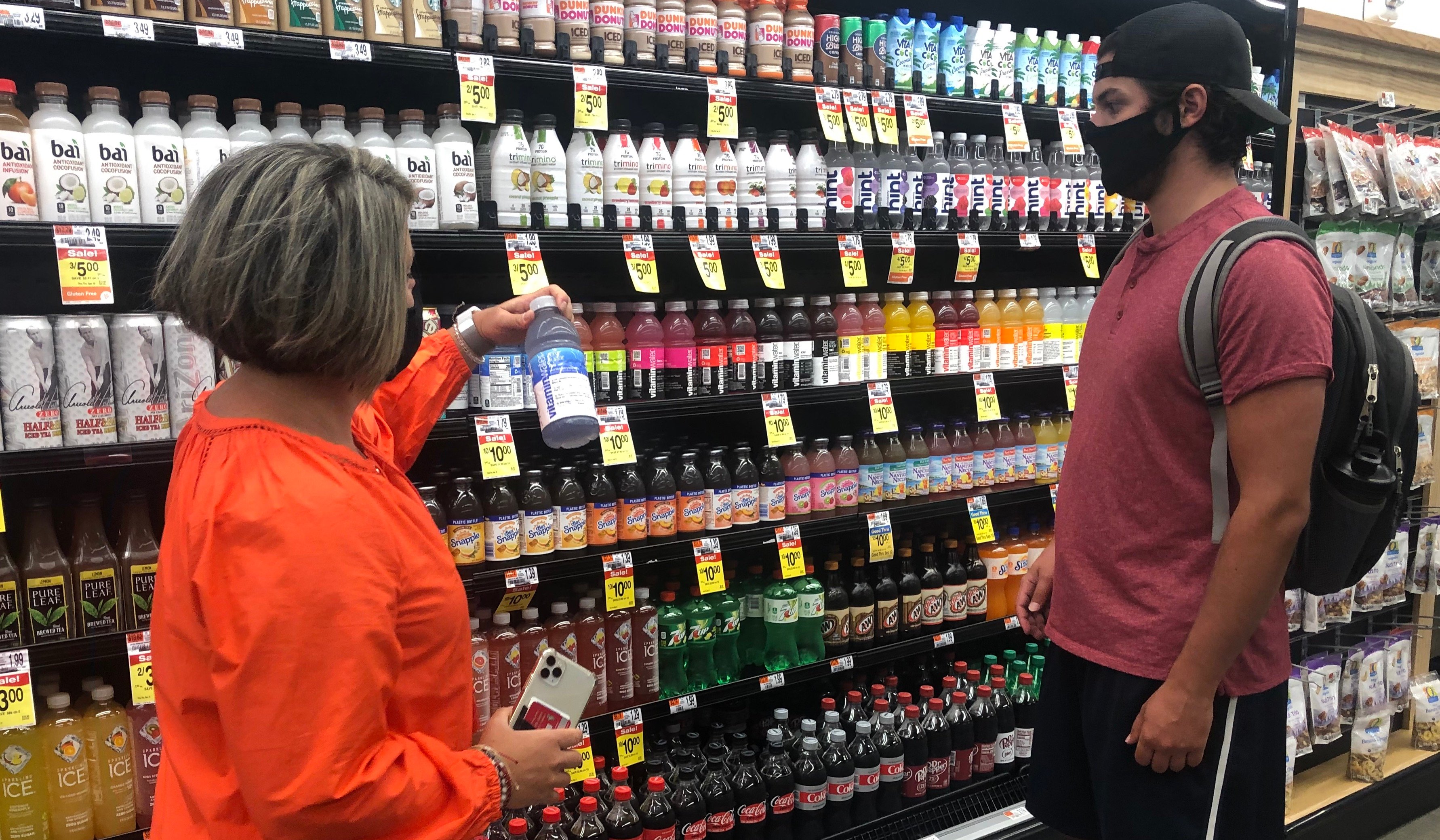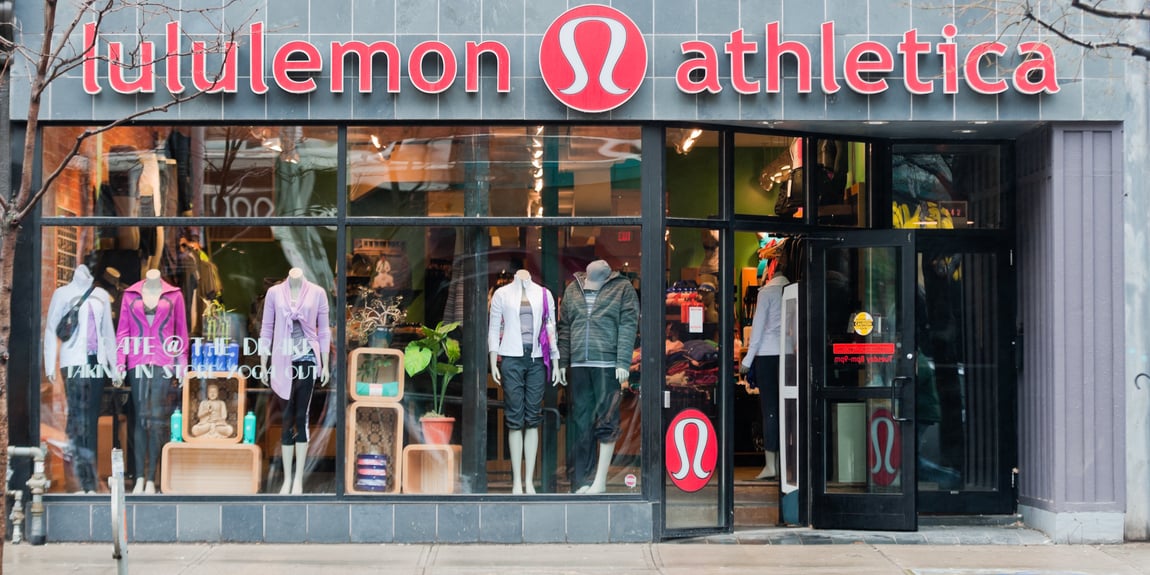In the 1980s, Harley Davidson was nearly bankrupt and on the verge of collapse. In the span of just 10 years, the company that had owned 75% of the super-heavyweight motorcycle market was reduced to just 25% of that market.
In an effort to recover, the company began to focus on building brand awareness—but not by increasing their advertising and marketing budgets. They built an entire business strategy around fostering a community for motorcycle enthusiasts. Harley staffed community outreach events with full-time employees. The Harley Owners Group (HOG) was established, a membership club that gave Harley enthusiasts and owners invites to special events and access to exclusive group benefits. Even executives were required to spend time in the field with customers. The impact over the years shows: The company closed out the second quarter of 2016 with a U.S. market share at 49.5% and a valuation at roughly $8.9 billion.
Fitness company SoulCycle is another brand that has deliberately infused community and belonging to a tribe into its business strategy. "Community solves a very important issue for a lot of consumers," Kevin Ervin Kelley explained to an audience at NRF's 2017 Big Show. "To belong to something, to be a part of something physically. And SoulCycle does group experience better than anyone." This community approach pays off for associated brands, too: SoulCycle is the number one retailer in the world for both Jonathan Adler's grapefruit-scented candle (used across studio locations) and for Shimano's cycling shoes.
Harley Davidson and SoulCycle demonstrate the strong correlation between belonging to a brand tribe and profitability. But this community effect shouldn't be limited to brands' flagship stores. As we've seen with SoulCylce and its suppliers, building a community or tribe around a brand or brand experience has a positive impact on brand affinity and sales. With thoughtful planning, community can be built wherever a brand's products are sold.
.jpg?width=568&height=378&name=andrei-ianovskii-166340%20(1).jpg)
Discover Shared Interests on Social Media
Building an in-store community often starts online, with social media. There, brands can start conversations at a national level that impacts and connects with their consumers on a local level. This strategy often hinges on tapping into common interests. One way to do this is through a targeted post on Facebook asking an engaging question like: "What's the best park route to run in [insert city here]?" It delivers brand impact: consumers tap into an exclusive community of insiders and up their game.
Sports apparel company Tracksmith mentions runners on their social media accounts regularly, asking fans to join them at brand-sponsored time trials and community runs. They've even created a series of runs dubbed, cumulatively, "Church of the Long Run" which aims to unite customers of all backgrounds to join them in competition and exercise. This type of event strategy can be deployed in any area. If a town or city is devoid of the brand's flagship stores, a third-party retailer can serve as the meet-up spot for fans.
Take Advantage of Space
Increasingly, brands are also developing their own spaces within retail stores, effectively creating a "store-within-a-store." It offers a new opportunity to build your brand community. Under Armour All-American and Nike Field House are concept stores that Dick's Sporting Goods hosts within its locations, for example. Nordstrom recently introduced a "pop-in" feature that allows small fashion brands to make an entire section of the department store their own.
The design of the space is completely at the discretion of the brands, giving them freedom to transform the small, but impactful, square footage into gathering spots and spaces for demos, how-to classes or social events, all successful methods of deepening a brand connection and building community among consumers.
"Stores within these stores-within-stores have higher returns on investment and sales per square foot, and the margins are better as well," Christopher Svezi, an analyst for Susquehanna Financial group, said in an interview with a local publication in Southwestern Pennsylvania .
In his book, "Tribes: We Need You to Lead Us," entrepreneur and marketing expert Seth Godin wrote: “A group needs only two things to be a tribe: a shared interest and a way to communicate." From social media to stores-within-stores, brands have options when it comes to building communities and tribes around their brands.



